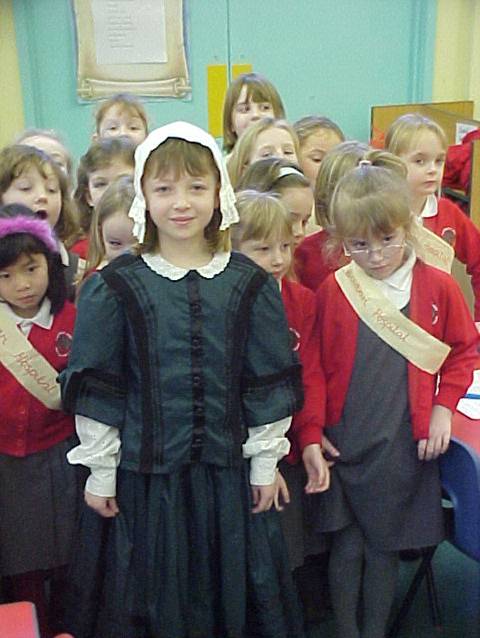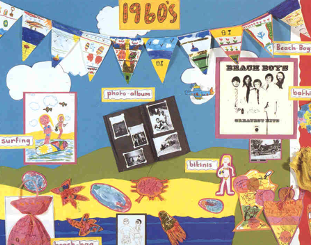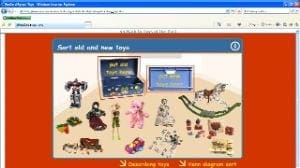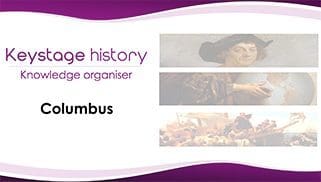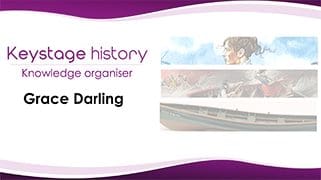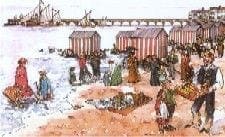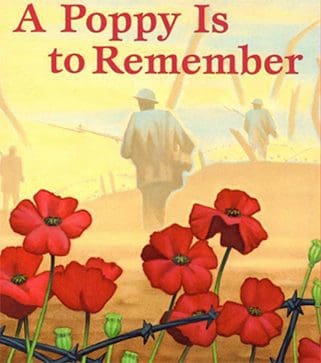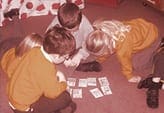
If you have ever searched the internet for inspiration for your history sessions you will know how frustrating it can be. Luckily the answer is at hand. Built up from twenty years’ experience of working with infant schools, the site brings into one place some of the best history lessons you can expect to find. Not only are they logically developed with clear learning objectives, thoughtful structure and fit for purpose activities, they are all in some ways creative or imaginative. They are not run of the mill. They will almost certainly fire your imagination and stimulate an even better idea.
How many lessons are there and how are they organised?
To make it simpler for you to access, topics have been arranged in accordance with the breadth of study of categories in the Key Stage 1 National Curriculum for history. For each topic there will be a minimum of two/three lessons initially, some having as many as four or five. Not all lessons will appear on the site at the time of launch: others will be added as new examples of outstanding practice emerge.
Why would I want to use these lessons?
Unlike other sites, this one offers a wide range of varied lessons on all topics. Each lesson has a clear focus, usually relating to the development of one or more key skills and concepts. As you can see from the titles of the current lessons, they are not stodgy re-hashes of tired old QCA schemes of work activities but fresh, exciting and often innovative approaches that have all been tried and tested.
Can you give me a flavour of the sorts of lessons available?
The following list of titles gives you some indication of what is on offer:
Nursery rhymes
Wee Willie Winkie in which children compare three picture versions of the famous rhyme and then use artefacts to look at the past and present.
Jack and Jill and the Queen of Hearts: a cross-curricular approach where children work out ways of getting the water.
Polly put the kettle on in which they look at the idea of then and now.
Myself
Muddled bags
Toys
Toys then and now: sorting and setting
In Living memory
Seaside: what our grandparents tell us about their seaside holidays when they were young.
Washday in the past: helping the hopeless Mr Lather: consolidating children’s understanding of the processes involved in washday and reinforcing key literacy objectives relating to connectives and instruction writing in a fun way.
Beyond living memory
Castles: Planning a pageant – what was life in a castle like, a very long time ago?
Seaside: How do we know what holidays were like 100 years ago. Designing an authentic Edwardian seaside poster.
Seaside: writing a quality postcard home 100 years ago: contributing to literacy, both speaking and listening
Seaside; what was it like on the beach 100 years ago? Smart Task a short fun activity that could lead from mime to movie.
Famous people
Braille: how well does the TV programme explain his life and why he is famous?
Grace Darling; Did she really carry out the brave rescue on her own? This Year 1 lesson on historical interpretations starts with a stark comparison of 2 images of the rescue. Pairs of pupils are then given 1 of 5 other picture versions which they have to turn into a mime to highlight the differences to the rest of the class. So which is true? The children look at commemorative mugs etc showing Grace on her own and work out from four options that it makes her seem braver if on her own. Lastly pupils have to select an image that shows Grace as being most brave.
Grace Darling; using a picture to set up the enquiry.
Grace Darling; how should we remember her? Pupils are encouraged to use their creativity.
Florence Nightingale: what did people really think of Florence?
Florence Nightingale: What was the most important part of Florence’s life?
Florence Nightingale: why have we remembered so much about Florence Nightingale and so little about Mary Seacole?
Florence Nightingale; fighting fit. How did Florence and Mary Seacole help the soldiers in the Crimean War?
Who am I? Who said it? Florence Nightingale and Mary Seacole Smart Task
Scott of the Antarctic : what can we work out about our famous person from the slow reveal of this photograph?
Scott of the Antarctic; why did Scott not beat Amundsen to the South pole? A history mystery
Scott of the Antarctic: what were the highs and lows of Scott’s expedition? A living graph leading to a board game.
Mary Seacole: how should we remember her?
Mary Seacole; How can we work out why Mary Seacole is famous?
The Wright brothers; how do we know that they broke the record? A study in evidence and hot-seating
The Wright brothers; how should we remember them?
Mary Anning; the ups and downs of Mary Anning’s life. This lesson moves from sequencing of images from the story, all provided in full colour, to asking children to make a human living graph. Great for thinking skills and developing emotional intelligence.
Famous events
The Great Fire; why did the Great Fire burn down so many houses?
The Great Fire; what happened during the Great Fire, and how do we know?
The Great Fire: how should we rebuild London after the Great Fire?
The Great Fire: SMART TASKS What is going on in our mystery picture? AND What’s in the bag and who does it belong to? A starter activity and a part of a lesson to stimulate children’s interest.
The Sinking of the Titanic: how could the unthinkable Titanic sink?
The Sinking of the Titanic: how should we film the sinking of the Titanic?
The Sinking of the Titanic: how can we stop a major disaster happening to a ship like the Titanic in the future?
Man’s First Moon Landing: what did the astronauts do on first landing on the moon? A study of evidence (leading to an assessment).
Man’s First Moon Landing: would you take the Golden Ticket to the moon?
The Gunpowder plot: a moving story. Pupils hear the story of the Gunpowder Plot in different parts of the room before a final role play in the cellar of the Houses of Parliament.
The Gunpowder plot: Prove it using a gallery of images, a skilfully differentiated lesson with pupils as detectives that have to find evidence to back up statements that have been made about the Gunpowder plot.
The Gunpowder plot smart task: Dear producer. Pupils predict what a short video clip should show and then evaluate a real example.
Poppy Day: what are memories, using fiction
Poppy Day: what do we remember on Remembrance Sunday?
How are the lessons described?
With so much claptrap talked about the three part lesson you might expect to find a starter a middle section and a plenary. You will be disappointed. You will certainly find plenty of starter activities which will engage and stimulate children’s interest. You will also find imaginative ways of concluding lessons and consolidating what has been learned. But there the similarity to the three-part lesson ends. Instead there will be a number of phases to each lesson. Some will involve interesting ways of acquiring new information. Others will encourage pupils to come up with ideas of their own which are then tested against authorities such as textbooks and videos. You will see examples of modelling leading to a variety of different ways of recording.
You will see that all the lessons have something in common. They all have a brief introduction explaining the provenance of the lesson and contextualising it in the learning process. They all also have learning objectives. This, to me, is crucial. There is no such thing as a good lesson on Florence Nightingale in a vacuum. It is only useful to you if it fits your planning and is pitched appropriately for your children. It would be absurd to pretend that any lesson can be universally applied. But if you think the objectives are appropriate, then you should find that the lesson can be relied on to engage pupils from across the ability range and to bring about the intended learning outcomes.
The chances are that you will want to personalise the lesson and make a few tweaks that reflect your own teaching style. Not only is this desirable, I would argue that it is essential. What has worked well for one may not work as well for another. Anticipate this, and make your own improvements. Please don’t make it into a Procrustean bed by trying to make it fit under any circumstances. All lessons are certainly good enough to go, but you will want to offer your pupils the best experience you can by making your own small adjustments. Always remember that a good idea becomes a great one when someone modifies it and uses it.
How do I know the lessons really are outstanding?
The term outstanding is not used lightly. We can all find lots of stuff on the web. What we need, however, is high quality material that stimulates even further thinking. This will. Lessons undergo a strict process of quality control. Most of them I have see with my own eyes, during sixty national OFSTED inspections. Some I have planned and co-taught. Others have been given to me for approval and improvement. The key thing for you to know is that nothing appears on the site without me first approving it.

